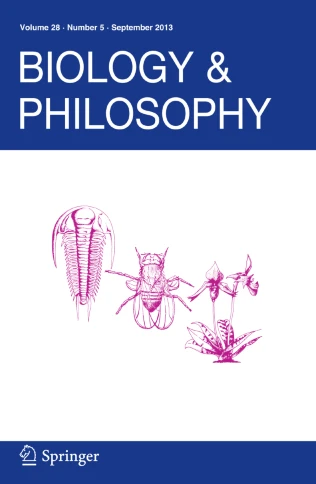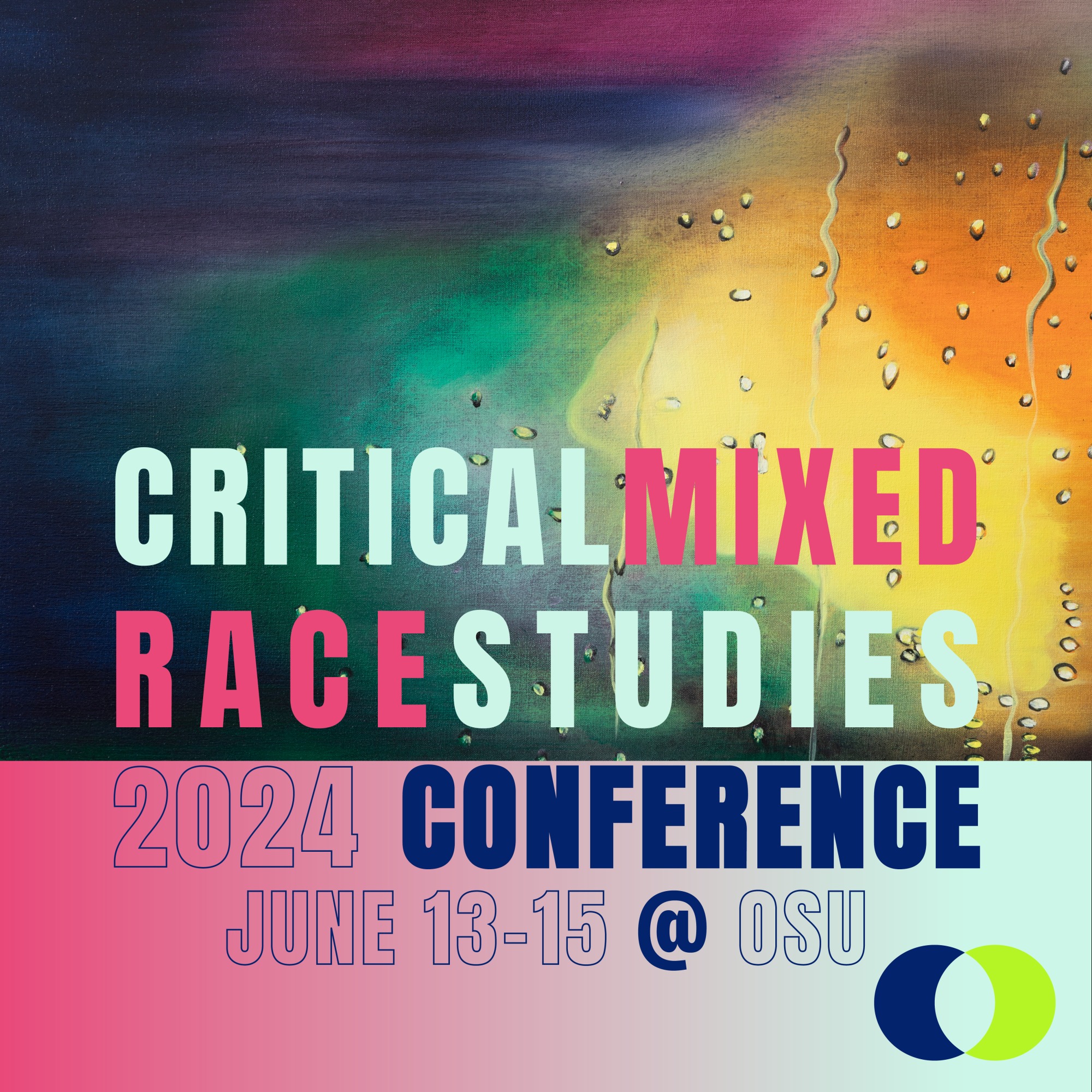Excerpts from The Space Between by Herb Harris
CRAFT: Exploring the Art of Prose
2024-06-07

These excerpts from Herb Harris’s memoir, The Space Between, form one of two pieces picked as an editors’ choice selection for the 2023 CRAFT Memoir Excerpt & Essay Contest. Our editors chose work that demonstrates the unlimited vibrancy and scope of creative nonfiction.
Mirrors and reflections appear throughout these outstanding memoir excerpts from Herb Harris. In a setting as innocuous as a local barbershop, Harris strikes out on a journey not only to assess his own identity, but also to examine how he is perceived by the world around him—no matter how disorienting that quest might prove. Harris opens the piece: “I must begin by telling you that I am Black.” He makes this declaration in the space between pride and confession. By focusing on hair and optical illusions, he affirms that identity is not a singular concept; it is many selves—mirrored individuals and slightly altered reflections—that compose a person and make them who they are and who they will become.
Recognizing simplicity as a tool to dissect multigenerational issues is one of the many strengths Harris displays in his writing. Innocent details such as ear wiggling, hair clippings scattered on the floor, and “bottles containing mysterious liquids and powders” open the essay to larger themes of racial identity, belonging, and the bleak injustices foundational to a country built upon slavery. A simple haircut or catching your own image in a mirror might be infinitely more complex than expected. Herb Harris discovers that a reflection takes many forms, including a tool to prosecute the long chronicle of cultural erasure pervasive in the United States. —CRAFT
Prologue
I must begin by telling you that I am Black. This is a very strange thing to have to say out loud. It is usually something self-evident that goes without saying. But my light skin and blur of African and European features are rarely recognized as Black.
This racial ambiguity reflects many generations of mixed heritage that go back to the beginning of the slave trade. My ancestors were both the enslaved and the enslavers who sexually exploited them. I have many white ancestors, but their identities are almost entirely unknown. These perpetrators and their victims still live inside me, where their violent entanglement continues. I am an outlier among people who identify as Black, but most of Black America has some degree of white ancestry. This painful heritage is an aspect of slavery that is seldom discussed, but the white man is among the foremost absent fathers of history.
My family has lived on the edge of the color line for more than three centuries. This dangerous neighborhood has always been my home. In my childhood, the color line was like a concrete wall topped with barbed wire and brutally policed on both sides. Still inviolable, it is now drawn in the shifting sands of culture, fashion, and opinion. The wind blows, and I cross it without moving. I am constantly guilty of these motionless transgressions.
How do I know who I am? Almost everything we know about ourselves comes to us through the eyes of others. Throughout our lives, other people are the psychological mirrors that inform us as we work to figure out who we are. Our identities are manifested in the gazes of others. We are revealed in their attitudes and actions. Unfortunately, what they show us is always distorted and fragmented. We must build a collage of ourselves from the reflections we see in our families and communities. Too soon, we enter a society afflicted by the pathology of race. We are no longer seen as individuals but as racist projections, delusions, and hallucinations. We become objects in the white gaze and begin a lifelong battle to defend our identities from its withering effects.
I had to search for clues about who I am among looks of confusion, perplexity, and skepticism. I learned to read the most subtle signs to know how others identified me. My racial camouflage often makes me invisible, but race keeps finding new ways to blindside me with contradictory messages. My first consciousness of race began in a Black preschool in the early 1960s. My best friend, David, compared my light brown skin to his dark brown skin and proudly announced that he was Black and I was white. Suddenly, I felt like an outsider, different from all my classmates. Living in a segregated community, I had never seen a white child before, and I had no idea what David meant. But later, in a predominantly white elementary school, a classmate called me a nigger. I don’t know how I knew the meaning of this word, but it triggered an anger I had never felt before.
W. E. B. Du Bois called it “double-consciousness, this sense of always looking at one’s self through the eyes of others.” Who do I see reflected in the warped and broken mirrors of our race-obsessed culture? What do I mean when I say that I am Black?…
Read the entire excerpt here.






